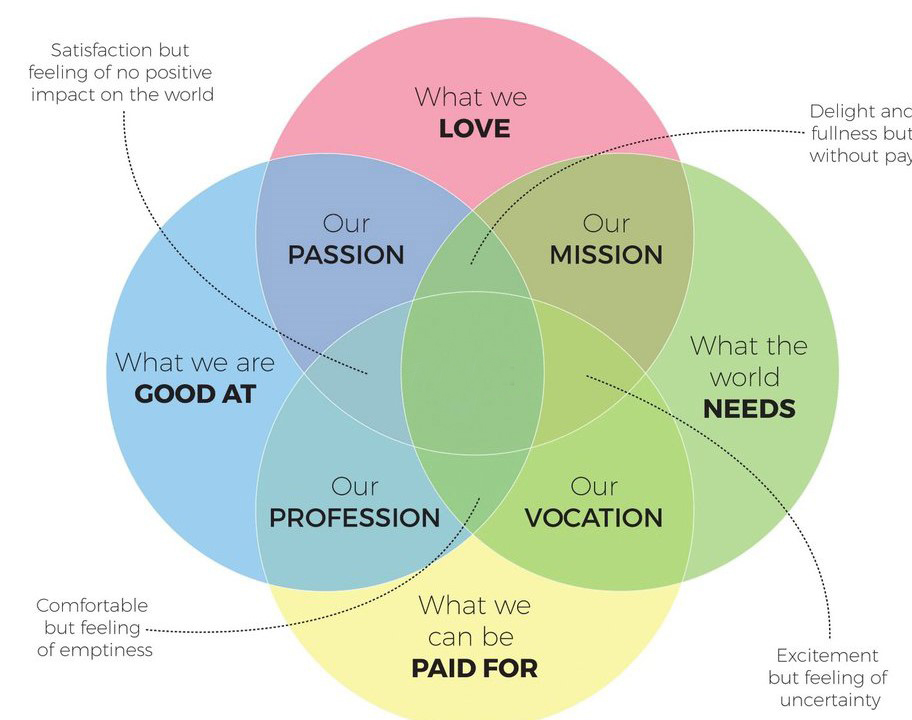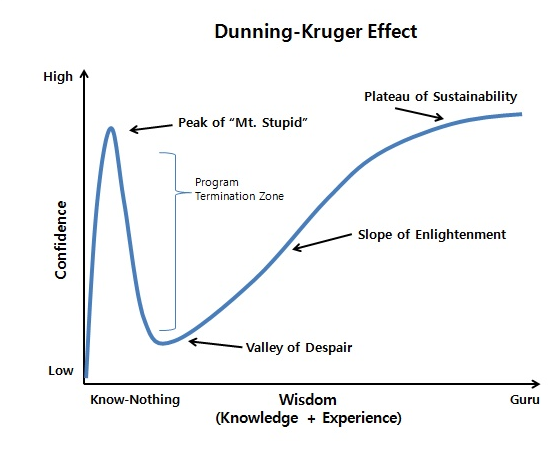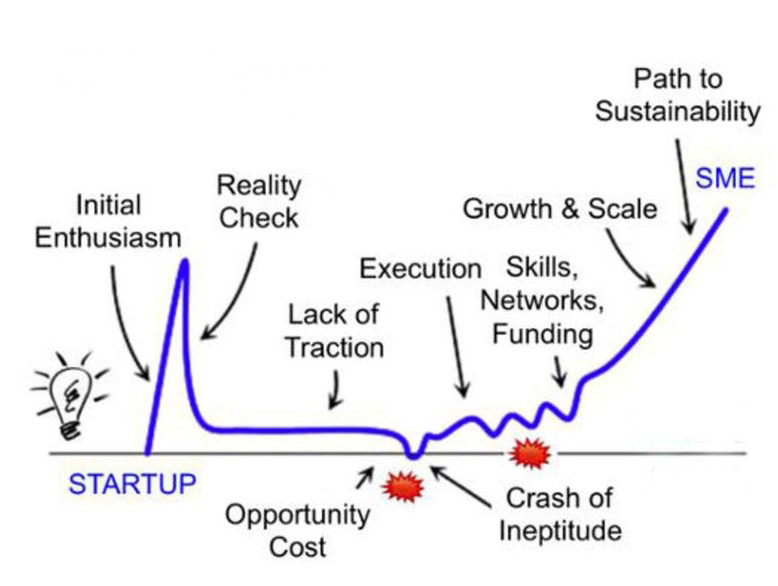The Great Resignation, also known as the Big Quit, is the ongoing trend of employees voluntarily leaving their jobs, from spring 2021 to the present, primarily in the United States.
Also, it has been observed that this trend has become more popular in the USA and European countries.
The reasons for the same are:
It has become more prevalent in those countries, where the companies and the industries have shifted to service-based profiles rather than manufacturing ones.
The resignation in these countries used to happen before as well. Still, only during the pandemic, this trend became more popular due to the significant usage of the internet.
People started viewing the jobs in a newer way. They could manage their work alongside spending time with their family, flexible working hours, work-life balance, cutting off transportation costs, etc. Now “Jobs” has a newer definition, rather than a typical 9 to 5 one.
Also, people got a lot of opportunities to explore their interests, hobbies, and passions.
The inadequate pay, relocation costs, social security, bully and divisive boss, and the hunt for better wages, contributed to the same.
As per the HBR (Harvard Business Report), resignations were highest among mid-career employees aged 30 and 45 years, even as the quit rate declined for younger employees. The resignation rates also fell for workers in the 60 to 70 age group, while those in the 25-30 and 45+ age groups also saw higher quit rates than 2020.
This happened because the companies prefer hiring people they won’t immediately need to train for new roles. Having workers with some experience level is the best way to keep processes running as smoothly as possible.
Also, the fields which grew dramatically due to extreme digitalization such as IoT, Data Science, Artificial Intelligence, Blockchain, Cybersecurity, Digital Marketing people started to acquire the relevant skills and hence shifting their careers to the rising and newer fields that show potential growth in the future.
Even the freelancing opportunities increased dramatically, where people are their own boss. This also provided people the convenience and comfort of their home even while working.
The great resignation is also called a workers revolution that gave people newfound respect for themselves and their lives. The pandemic gave people another reality check on life.
Linkedin studied the trend, and it found that the percentage of LinkedIn members who updated their profiles and found a job has increased 54 percent year on year.
The sector that suffered the most considerable shift in the jobs included retail and healthcare. The people in these sectors had to devote a lot of time, which led to burnout and high pressure at work coupled with pay cuts and despondence.
The pandemic has given time to people to explore themselves. It forced people to see life’s unpredictability and reflect on what really matters to them. Many realized they didn’t like their current job or at least not their current lifestyle, so millions began re-imagining their lives. Many locked up their city homes and moved to suburbs. They realized they didn’t want to wait until retirement to spend their life in greener pasturelands. Many quit full-time jobs and began freelancing. They realized they wanted to spend more time at home or with family as life is too short to stick it out in the wrong career.
Also, to retain their talent, the companies started realizing the same. Hence,
Some companies are offering increments and bonuses.
Some employers are even giving collective holidays.
Some companies are giving coupons for food delivery.
Switching to the hybrid mode of work.
Reward your employees for making them feel valued.
Giving them better health policies and coming up with better family engagement policies.
Giving them a reason to return to work every day.
Allowing employees to work from home if they wish to do so.
Although the work from home or even hybrid mode of work has been gaining popularity, this has also created a lot of problems, such as no fixed working hours, untimely meetings, lesser socialization, distractions during work, more secondary motivation, compromisation in the transparency of work, ill time management skills, and many more. Many startups have opened up among all these, which are being started by the young or mid-aged entrepreneurs and older age groups. One such example includes that of the very famous and successful startup, Nykaa, whose CEO is Falguni Nayar, who started it at 50! About 1.4 million startups were registered in the USA, and even India added 1600 startups in the tech sector.
We can even see how the pandemic has brought significant changes in various industries, such as healthcare, where drones and robots are being used to deliver food and medicines. Also, different healthcare apps, such as Practo, which connects doctors with patients, have become an excellent means of communication, cutting down significant travel costs. Using digital marketing to reach a wider audience, locally and internationally, helps the local companies go global. All this is due to the social distancing norms that followed. Data science is being used to make better predictions and study the competition even in business.
Even in the future, with rising internet usage, the trending and upcoming fields due to digitalization and change in the mentality of the people, the work from home culture or hybrid mode of work or the trend of startups or using of digitalization will grow.
So it’s up to you and the company to decide how things should be going, whether to shift to online platforms or it is better to connect with the people and the customers in the offline mode or both, working from home or working in the office or both, whether to shift to freelancing or a 9 to 5 job, it’s all about the game of mentality and the preferences.



















